Pelicans take flight after rehabilitation
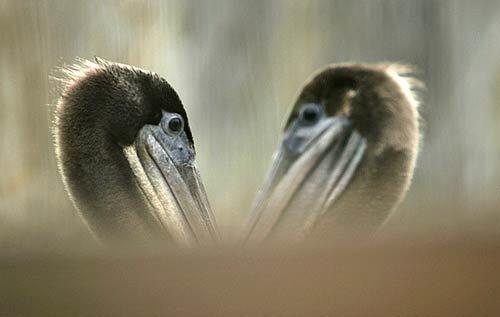
A pair of brown pelicans get a good look at each other in the small pelican aviary at the International Bird Rescue Research Center in
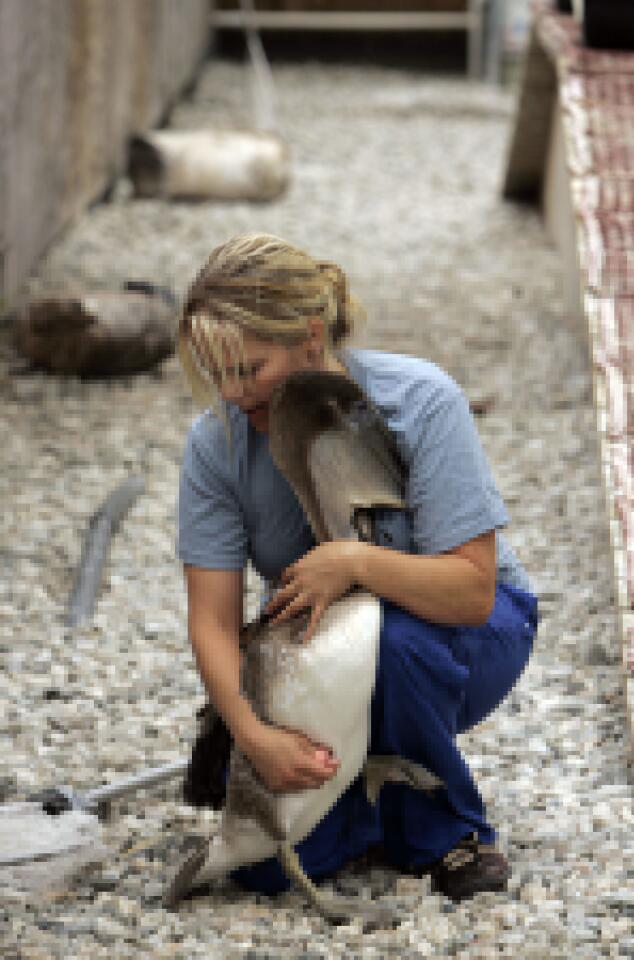
Rehabilitation manager Julie King comforts a pelican she captured inside the big pelican aviary. The bird was to be released after recovering from malnutrition. (Genaro Molina / Los Angeles Times)
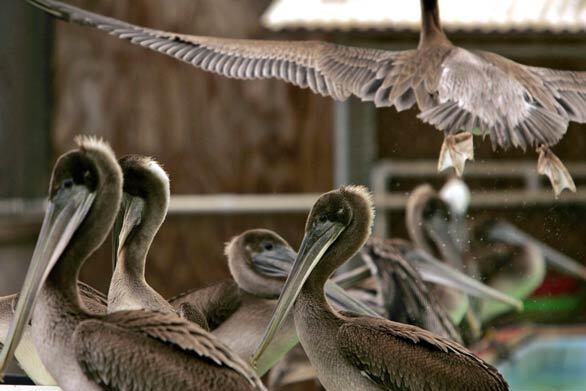
Most of the pelicans admitted to the center were emaciated juveniles discovered in the last two months in a variety of unexpected places from Long Beach to Santa Barbara. (Genaro Molina / Los Angeles Times)
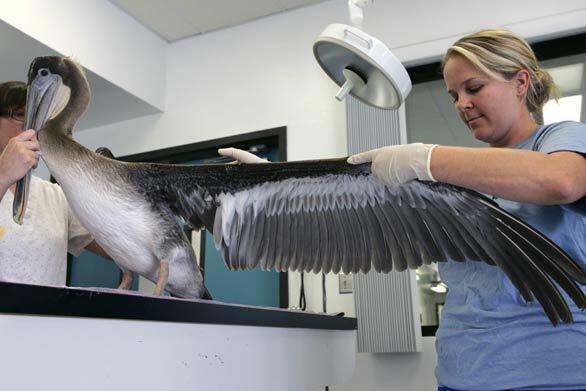
King examines an injured wing. The center’s executive director, Jay Holcomb, said the high number of ailing birds is actually a good sign,” indicating that pelicans were producing lots of young. (Genaro Molina / Los Angeles Times)
Advertisement
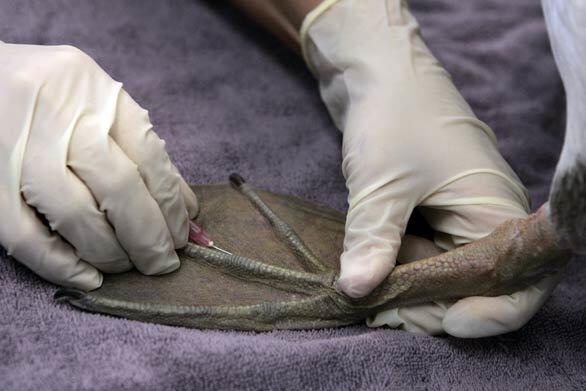
King extracts blood. It costs about $20 a day to rehabilitate a single pelican. (Genaro Molina / Los Angeles Times)
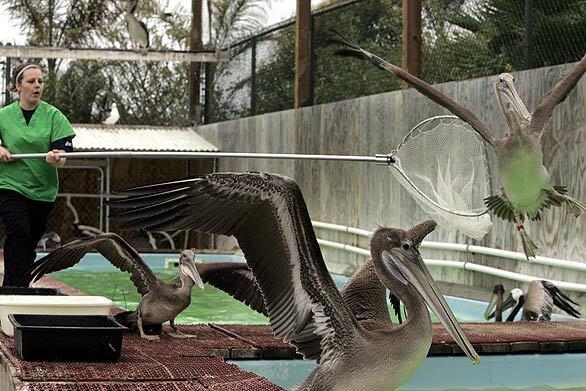
Intern Susan Peebles tries to net a brown pelican. After being scooped up, the eight birds were placed inside dog crates for transport by van to nearby Cabrillo Beach, where they were set free. (Genaro Molina / Los Angeles Times)
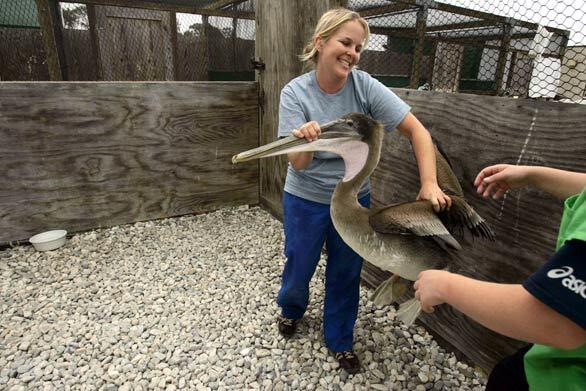
King gets a grip on one of the pelicans with the help of Peebles. (Genaro Molina / Los Angeles Times)
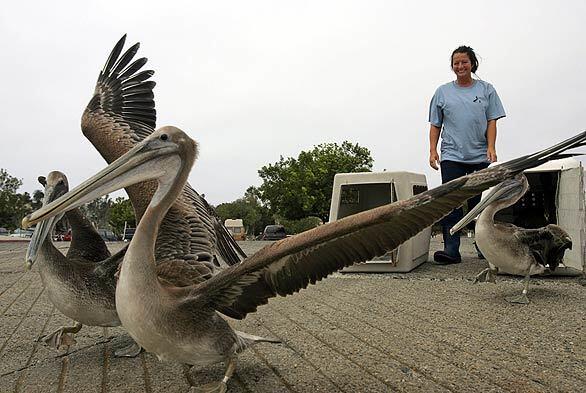
Joann Baker, a volunteer at the research center, watches the birds take off at the boat launch area at Cabrillo Beach. (Genaro Molina / Los Angeles Times)
Advertisement
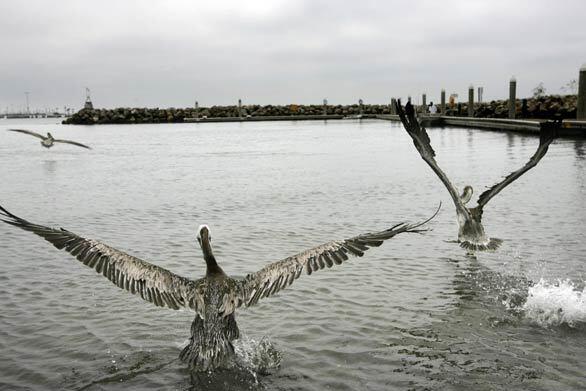
The pelicans fly off into the wild and minutes later begin hunting for food. “That’s a real good sign,” King said. (Genaro Molina / Los Angeles Times)







